The latest update to Pevsner brings the 21st century update 'tantalisingly close to completion'
The work of updating Nikolas Pevsner and Ian Nairn's magnum opus on the buildings of England continues with a volume focusing on West Sussex. John Goodall takes a look.
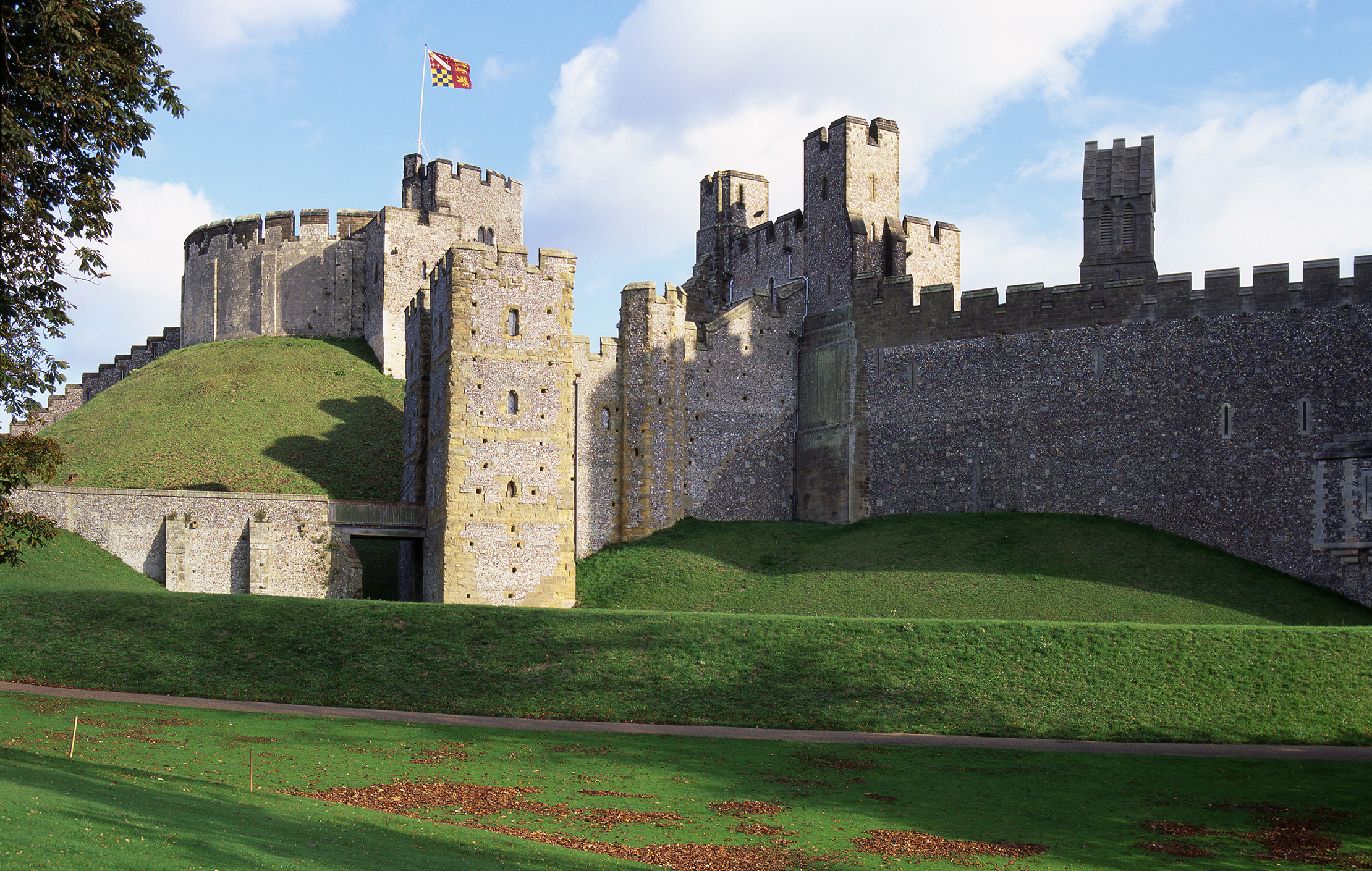

The process of revising the entire ‘Buildings of England’ series, familiarly known as Pevsners, is now coming tantalisingly close to completion with'The Buildings of England. Sussex: West'. This volume on West Sussex covers only one part of what originally appeared in 1965 as a survey of the entire county (with its eastern half), by Ian Nairn and Sir Nikolaus Pevsner.
Their work has now been expanded by a team of three authors (including, in Jeremy Musson, a former architectural editor of Country Life) and a further three specialist contributors.
It follows a now-familiar format, with longer and updated texts, numerous additional figures and an expanded collection of colour photographs. The counterpart revised volume — Sussex: East with Brighton and Hove — was published in 2013.
A review of any revised Pevsner might offer corrections or criticisms of particular entries. To do so, however, would be to miss the point of the series. These books essentially present the interested reader or traveller with a succinct starting point from which to engage with the architecture they encounter.
'We need [Pevsner's] accurate lists and descriptions, but, to do anything with them, we also need Nairn’s passion'
In this case, for example, an entry of fewer than 10 pages on Arundel Castle compresses a millennium of architectural history from the 11th-century gatehouse to the Collector Earl’s Garden of 2008.They also serve as a reminder of the extraordinary richness of architecture in Britain that we all too often take for granted.
As the introduction acknowledges, the co-author of the original volume, the late Ian Nairn, was a critic and journalist. He responded emotionally to buildings as well as landscape and celebrated the unspoilt. Pevsner was driven more by a determination to record and describe. It was a difference of focus, indeed, that eventually caused Nairn to abandon his involvement with the series.
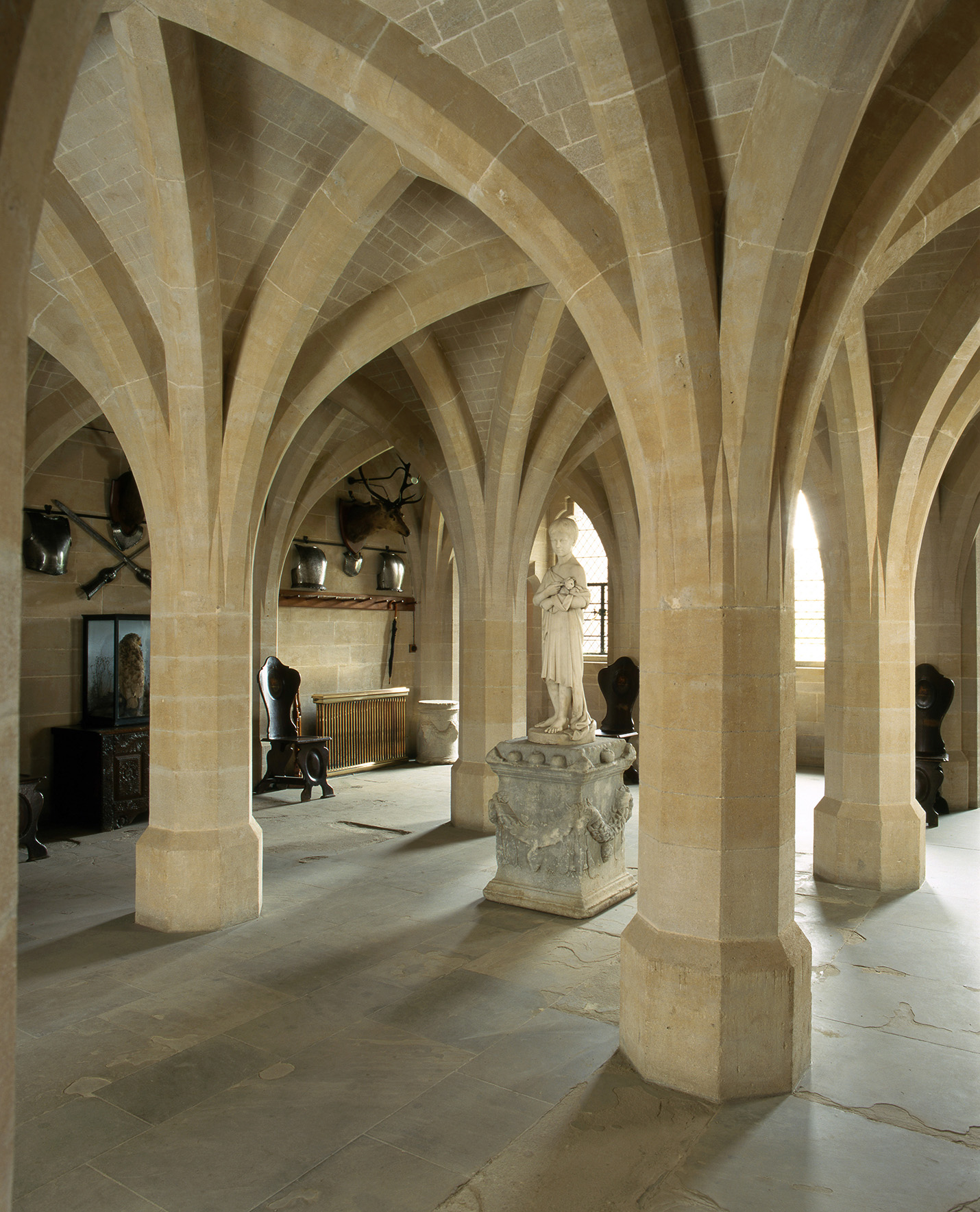
In their approach to the revision, the authors of this volume have necessarily, inevitably and correctly sided with Pevsner. Apart from anything else, it’s not really possible to revise a reaction. The introduction acknowledges the poetry of Nairn’s writing and the assurance of his judgement, but, ultimately, regrets his focus on ‘architectural worth’ rather than judging buildings according to what is rather oddly described as ‘an established art historical hierarchy’.
Exquisite houses, the beauty of Nature, and how to get the most from your life, straight to your inbox.
Nevertheless, there is an irony here. We need accurate lists and descriptions, but, to do anything with them, we also need Nairn’s passion. Let’s hope this revision can help feed that fire.

Book Review: Oil Paintings in Public Ownership in West Yorkshire: Leeds
Simon Heffer applauds a ground-breaking first volume that will do for publicly owned oil paintings, he predicts, what Pevsner did
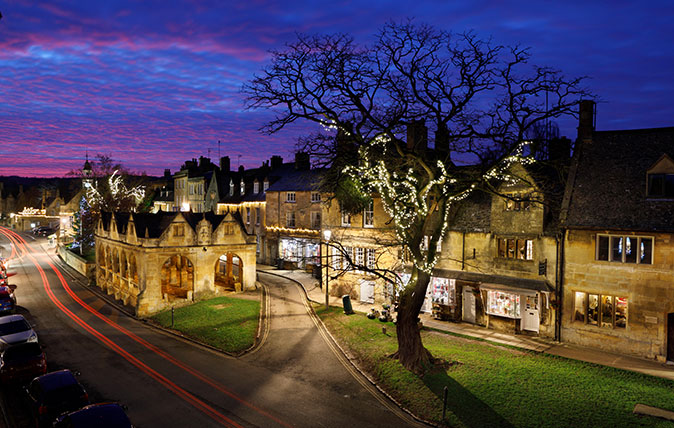
Credit: Alamy JHCGN4
A glorious townhouse restored by a top interior designer in the ‘best piece of townscape in Gloucestershire’
A rare chance has come up to buy a house in Chipping Campden's famously picturesque high street.

John spent his childhood in Kenya, Germany, India and Yorkshire before joining Country Life in 2007, via the University of Durham. Known for his irrepressible love of castles and the Frozen soundtrack, and a laugh that lights up the lives of those around him, John also moonlights as a walking encyclopedia and is the author of several books.
-
 Do you really want that Friday feeling? Tradition says it was the day Adam and Eve were expelled from Eden, Noah’s flood started and Christ was crucified
Do you really want that Friday feeling? Tradition says it was the day Adam and Eve were expelled from Eden, Noah’s flood started and Christ was crucifiedBefore you shout 'TGIF', steady on, warns Ian Morton. Friday has a reputation — and it's not a good one.
-
 Picture round: Guess the animal in today's Country Life Quiz of the Day, November 6, 2025
Picture round: Guess the animal in today's Country Life Quiz of the Day, November 6, 2025In today's quiz we're asking you to guess the names of these lesser-known animals.
-
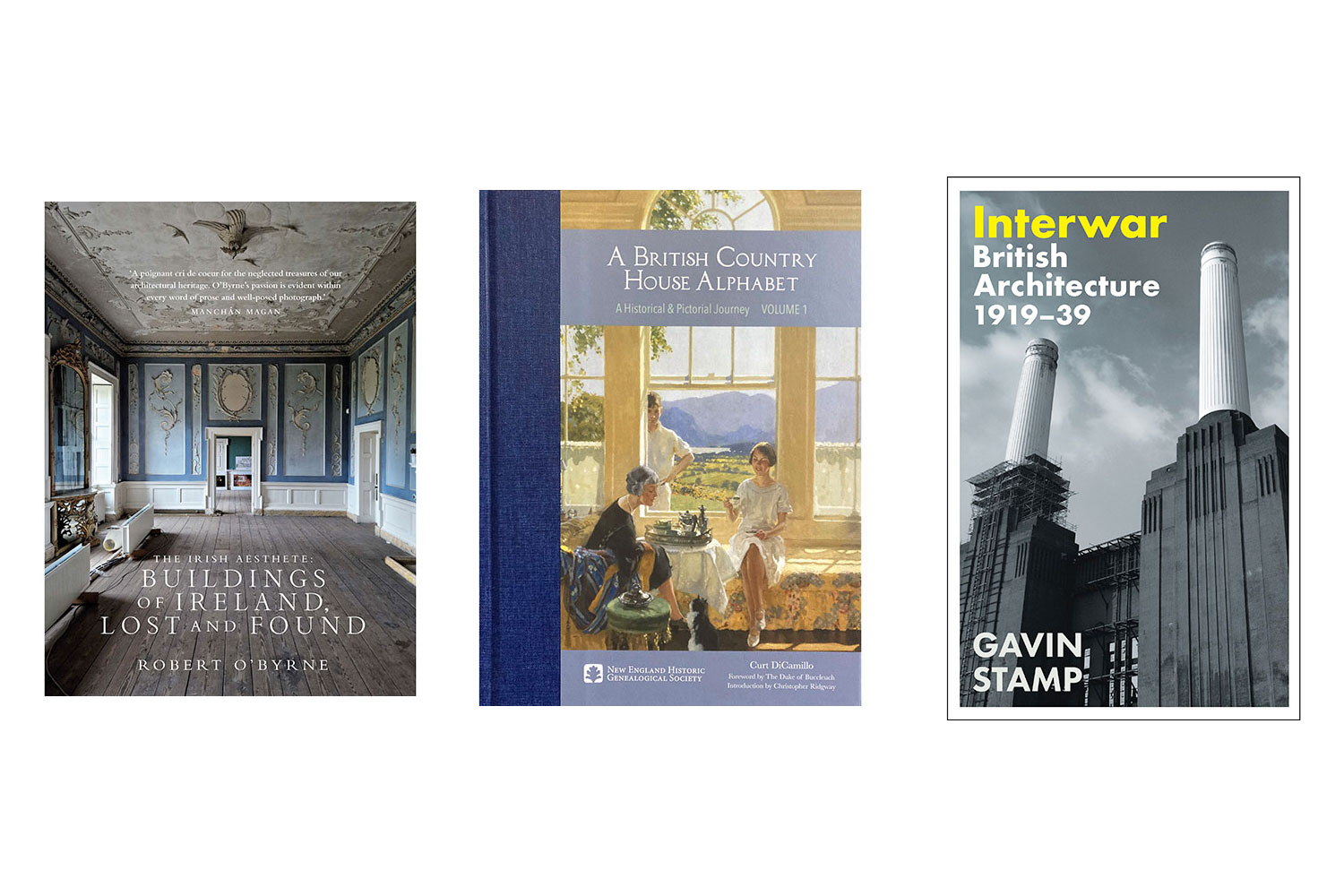 The 12 architecture books you should read in 2025, by our architectural editor John Goodall
The 12 architecture books you should read in 2025, by our architectural editor John GoodallJohn Goodall assembles a shortlist of his favourite architecture books published recently.
-
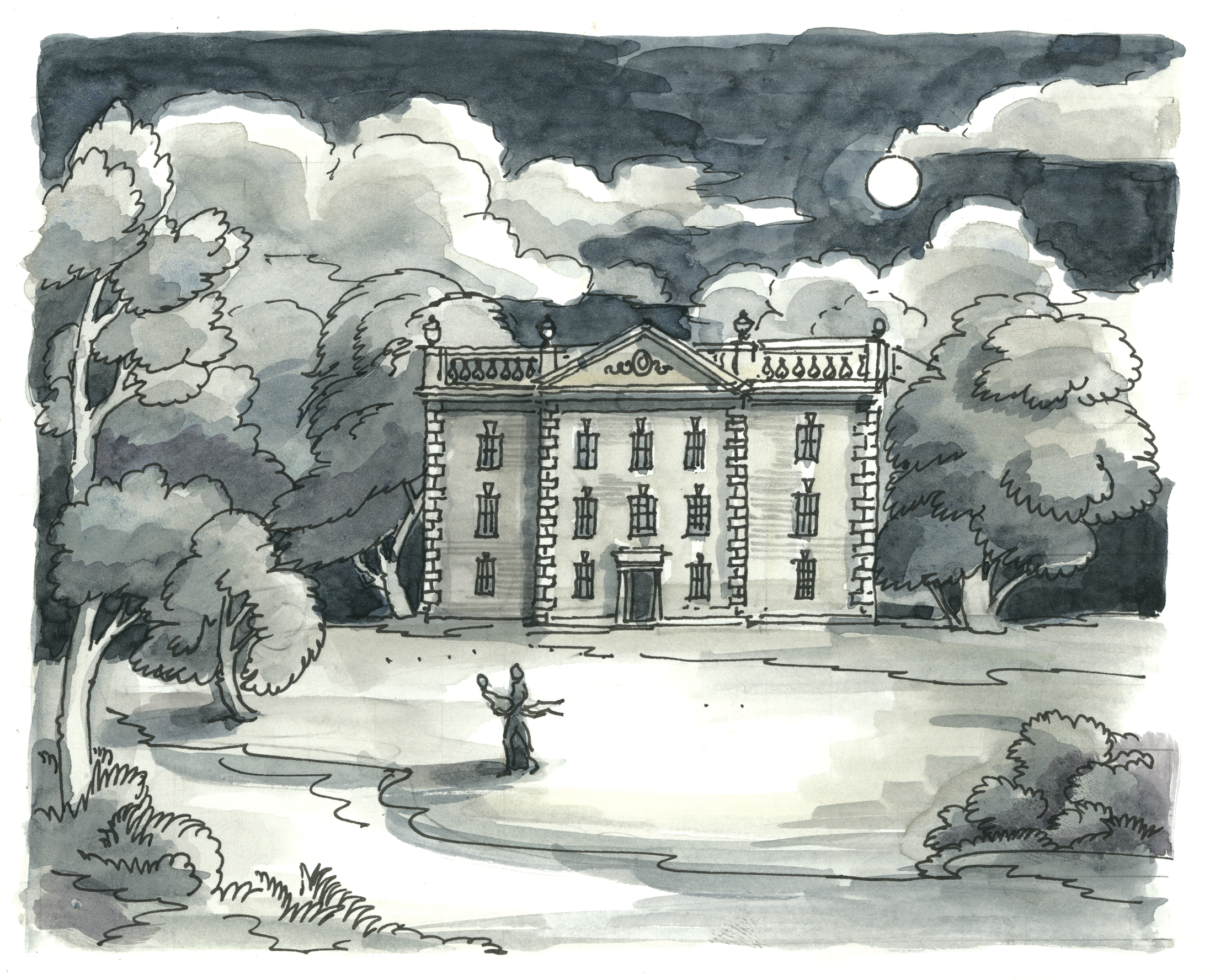 How M.R. James wove country house architecture into his ghost stories
How M.R. James wove country house architecture into his ghost storiesIn his ghost stories, M. R. James had a perceptive eye for architectural detail, as Jeremy Musson explains and Matthew Rice evokes in specially commissioned drawings.
-
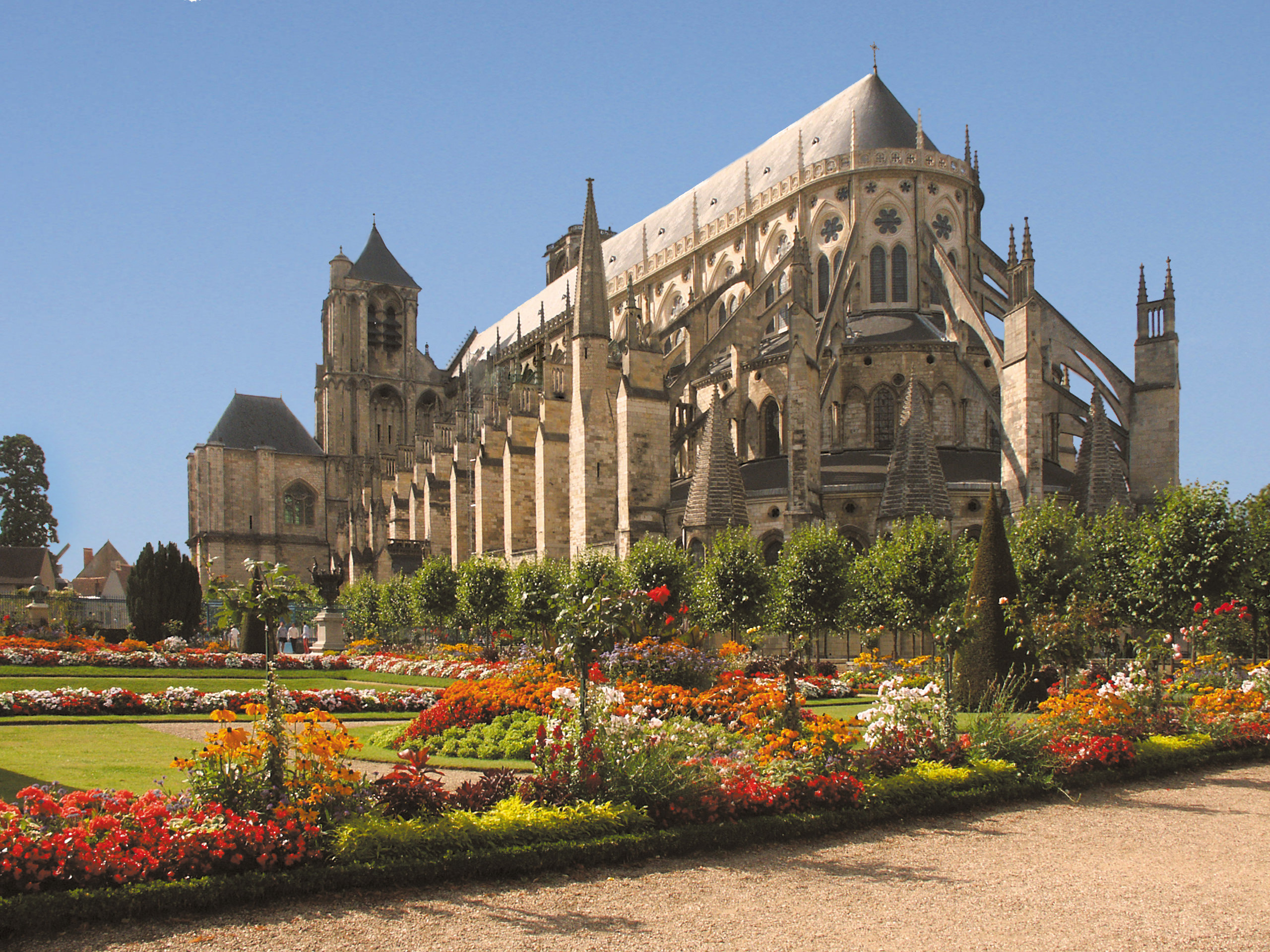 The 100 greatest cathedrals in Europe, as picked by Simon Jenkins
The 100 greatest cathedrals in Europe, as picked by Simon JenkinsSimon Jenkins gives himself a daunting task with his latest book, Europe's 100 Best Cathedrals (Viking, £30), which does no less than attempt to both explain and judge the masterpieces of western civilisation. Clive Aslet took a look and found a tome that will set readers 'afire to go on architectural pilgrimage'.
-
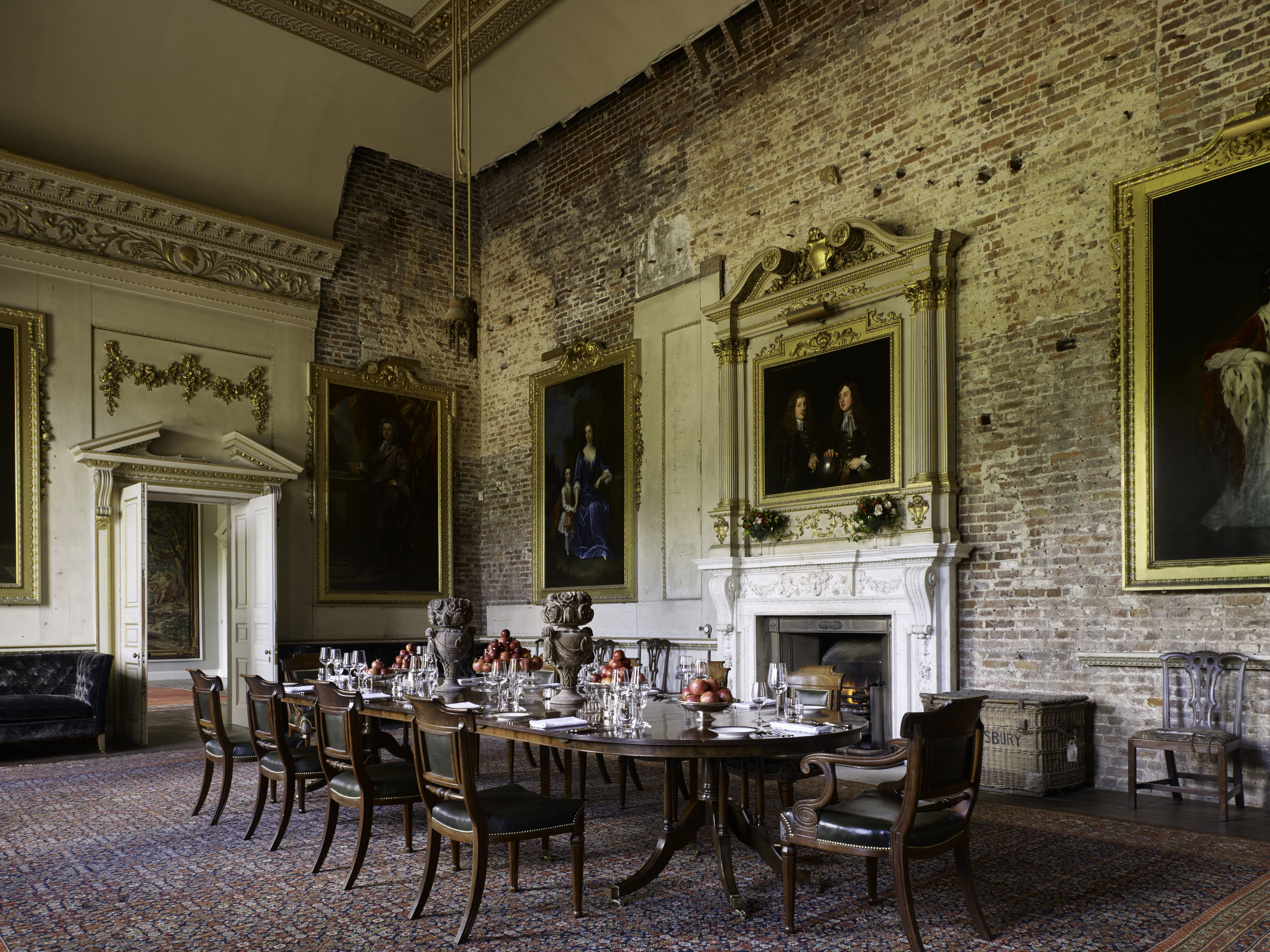 The photographs (and photographers) who shaped the English country house style from the 1900s up to today
The photographs (and photographers) who shaped the English country house style from the 1900s up to todayTo coincide with the publication of his new book illustrated from the archives of Country Life, 'English House Style', John Goodall considers the long tradition of the magazine’s peerless interior photography.
-
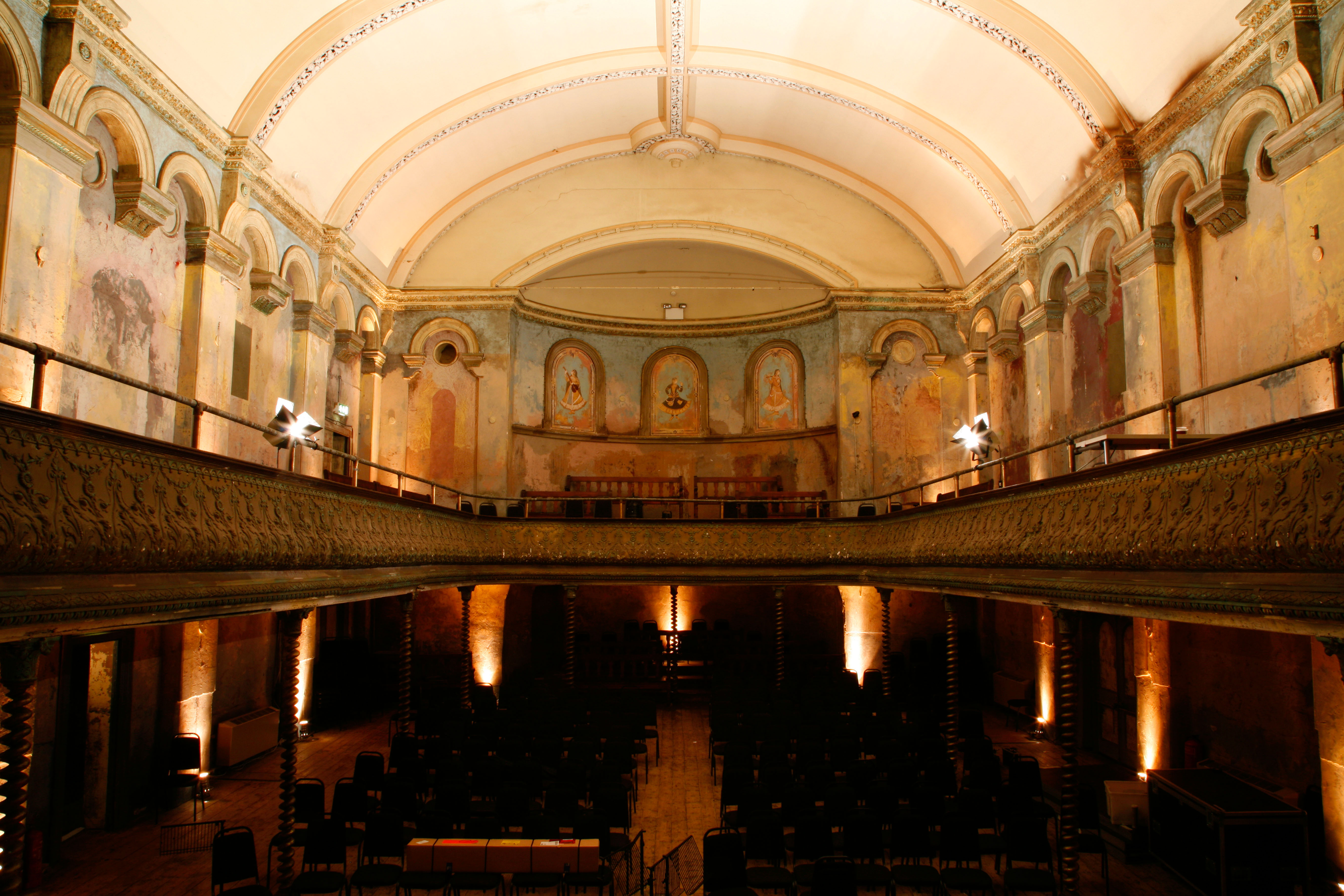 The vast and audacious architecture of London's greatest theatres
The vast and audacious architecture of London's greatest theatresRoger Bowdler takes a look at 'London’s Great Theatres', a new book by Simon Callow with photography from Derry Moore.
-
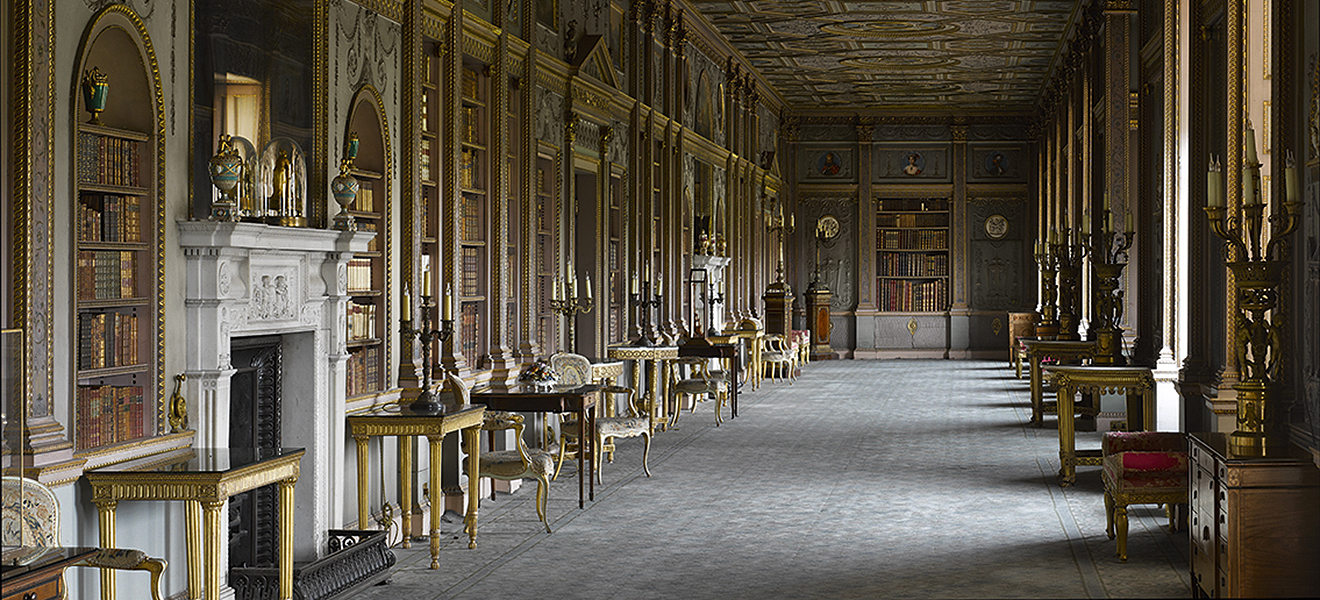 The Country House Library: Why these rooms and their collections need to be taken much more seriously
The Country House Library: Why these rooms and their collections need to be taken much more seriouslyA new account of the country-house library will compel us all to reassess these rooms and their collections, says John Goodall.
-
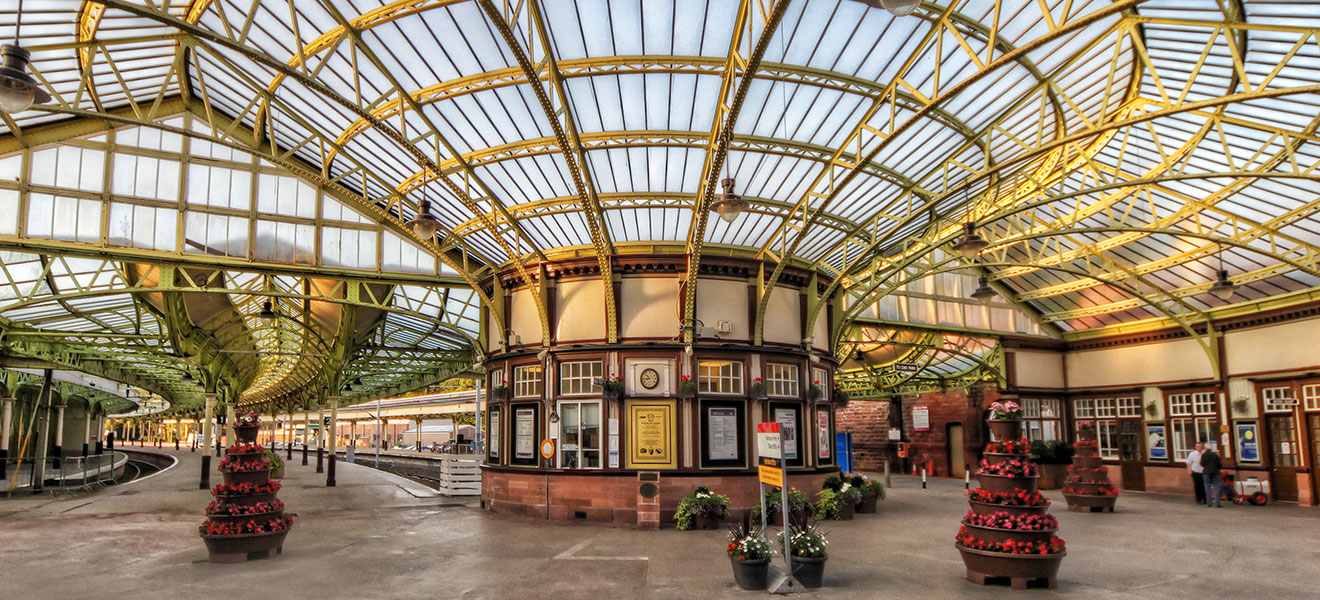 Britain's 100 best Railway Stations: Simon Jenkins on the gateways to our railways
Britain's 100 best Railway Stations: Simon Jenkins on the gateways to our railwaysThe latest book by Simon Jenkins looks at the 100 best railway stations in Britain. Gavin Stamp looks over the tome with his critical eye.
-
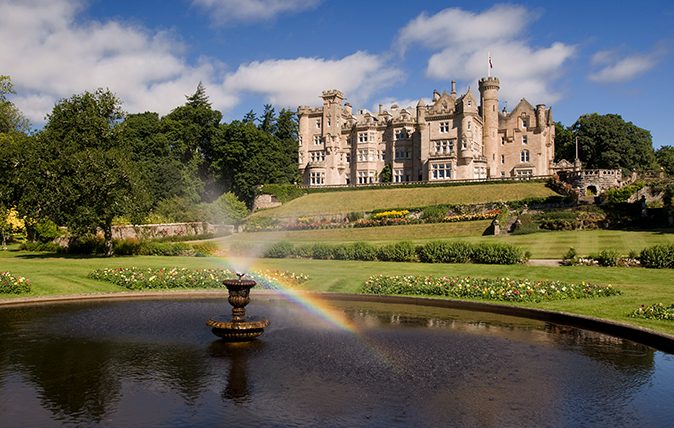 Highland Retreats review: Proof that shooting lodges that aren’t all freezing monstrosities
Highland Retreats review: Proof that shooting lodges that aren’t all freezing monstrositiesA new book by Mary Miers, Country Life's fine arts and books editor, had Adam Nicolson gripped.